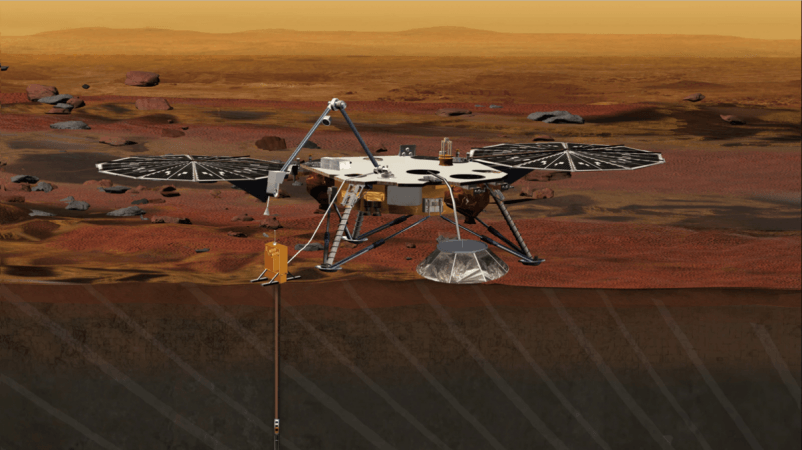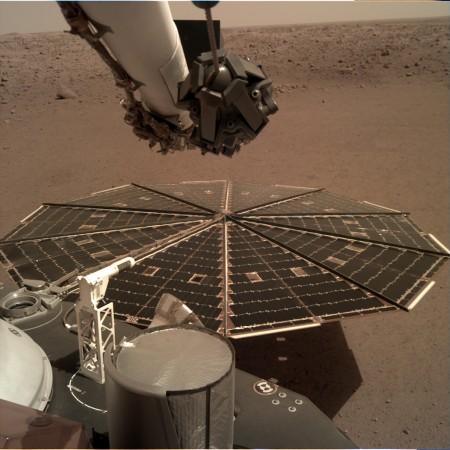On September 18, NASA's InSight lander detected one of the most powerful marsquakes ever recorded. The magnitude of the quake is believed to be 4.2, and it shook for over an hour and a half.
This occurred on the 1000th Martian day for NASA's Insight mission. Prior to this, two significant quakes of magnitude 4.2 and 4.1 were reported in August.

Recent updates
The lander removed sufficient dust from one solar panel to enable the seismometer to operate throughout the summer, allowing scientists to examine Mars' three largest quakes.
This was achieved by using InSight's robotic arm to sand near a solar panel, hoping that as wind gusts passed over it, dust would be blown away. Power levels were reasonably stable over many dust-clearing operations. With Mars re-approaching, the Sun, electricity is gradually returning.
Meanwhile, scientists have analyzed the August 25 quakes. They estimate that the 4.2 magnitude earthquake happened around 8,500 kilometres from InSight. This is the furthest quake observed thus far by the lander.
Additionally, the scientists discovered that the August 25 quakes were distinct from one another. The magnitude 4.1 quake occurred significantly closer to the lander.
The experts are attempting to determine the source and direction of the seismic waves.
"Regardless of their differences, the two August tremors have one feature: they occurred during the day, Mars' windiest – and, to a seismometer, noisiest – period," NASA stated.

More about InSight
In 2018, NASA's InSight probe made contact with Mars. It was built to conduct research on Mars's core interior. It will look at the mechanisms that formed the inner solar system's rocky planets over four billion years ago.
InSight's missions are to install a seismometer on the martian surface to monitor seismic activity and create realistic 3D reconstructions of the planet's interior, and to investigate Mars' ancient geological development by measuring inner heat flow using a heat probe termed HP.
NASA's Mars lander InSight began detecting and recording marsquakes in early 2019, including numerous subcrustal quakes that mirror Earth's tectonic occurrences. InSight has been powered to continue operations on Mars until December 2022.















